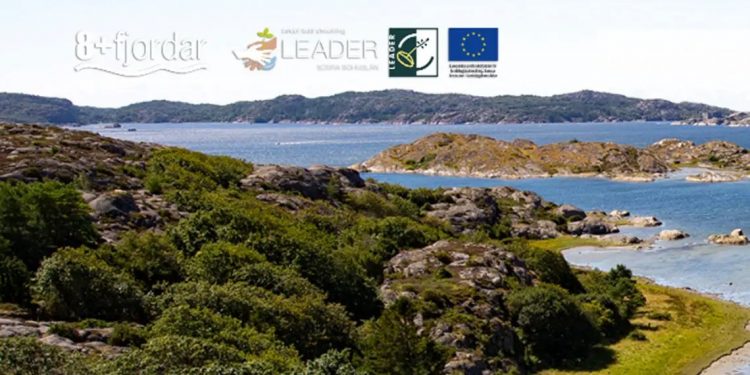The 8+Fjords conservation initiative in Sweden has failed to bring fish back to areas that have been subject to conservation measures for the lasty ten years, according to a study by Sweden’s University of Agricultural Sciences (SLU).
Researcher Peter Thor at SLU was asked the tough question of why the fish don’t return, and the short answer to this was that habitat chages prevent them from coming back. While there are numerous other possible explanations for the lack of fish, it remains clear that significant habitat changes in these fjords over the past 20 to 30 years are a decisive factor.
Large swathes of seaweed have spread beyond where eelgrass used to grow, and are now covered with fine algae, which means that fish are excluded and are unable to escape predators. Eel grass in these areas that provided perfect cover for cod and flatfish has almost disappeared. This exposes fish to predators such as cormorants.
Previous research in the area showed that each cormorant shot during protection hunting had up to several hundred flatfish fry in their stomachs. The presence of juvenile flatfish presents a mystery as there are virtually no large flatfish to be found off the Swedish west coast. The theory is that flatfish at this stage of life are brought to Swedish coastal areas from the North Sea by currents.
According to Peter Thor, since 2014 there has been a drastic reduction in the already weak fish stocks along the Swedish west coast. This is confirmed by the surveys that the Swedish SLU conducts annually.
The situation of adult cod is difficult to understand, as there is still a very small population of local cod, and young cod disappear when they are about 15 centimeters long. Some of these small cod have been fitted with tracking devices to find out where they go, but no conclusions have yet been drawn.
There is agreement that there are just two possibilities for the disappearance of the young cod. Either they are eaten by cormorants or seals, or they simply swim out of the fjords and disappear into the sea. The researchers are also aware of SMHI’s measurements of water temperature in the area, where the average temperature has risen by as much as 3.5°C since the 1960s.
So despite conservation measures and no-take zones, there has been no significant change in the fish population on the Swedish west coast.
The Swedish 8+fjords project is a collaboration between the municipalities of Uddevalla, Stenungsund, Orust, Tjörn and Kungälv. In 2010, the Swedish Fisheries Agency was given a mandate to introduce fishing-free areas, one of which was located within the 8+fjords area.
Since 2014, 8+fjords has also been used as a pilot area to study ecosystem-based fisheries management in practice.









